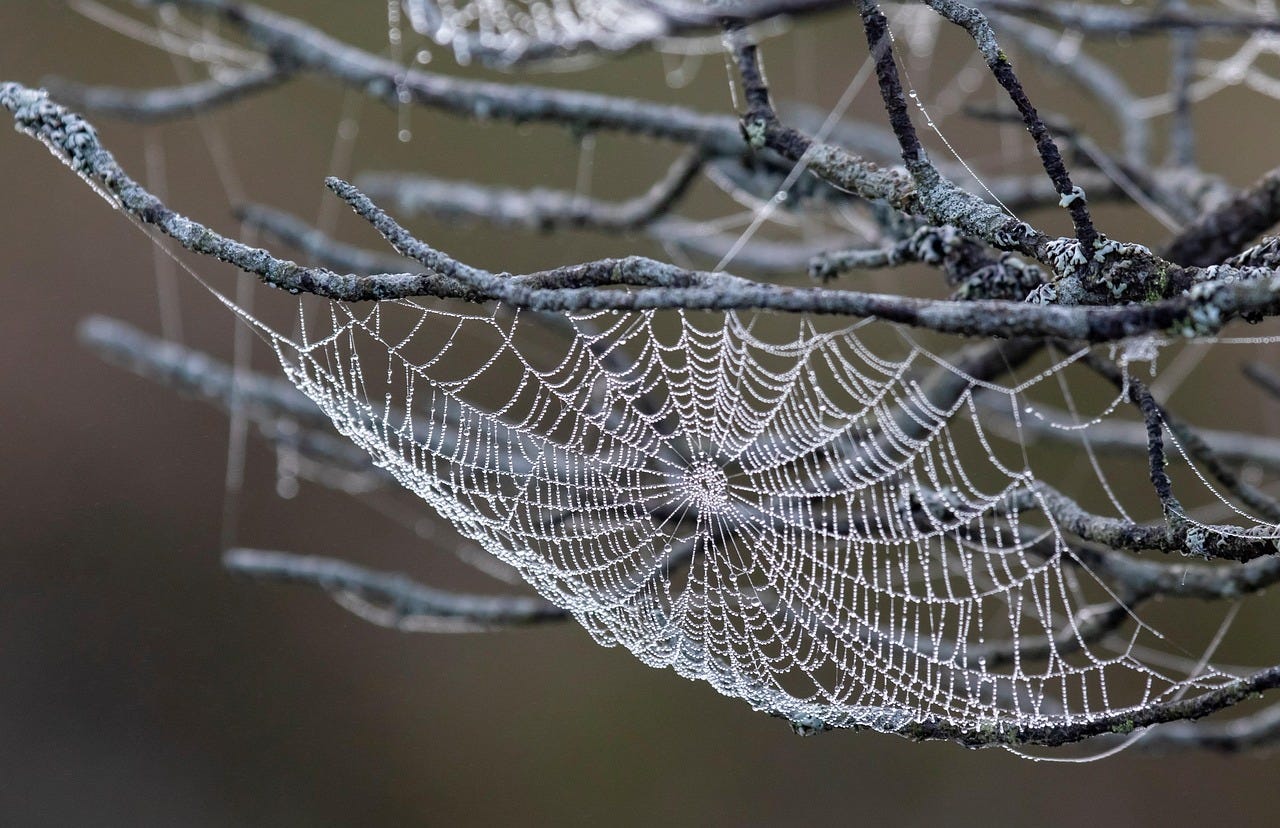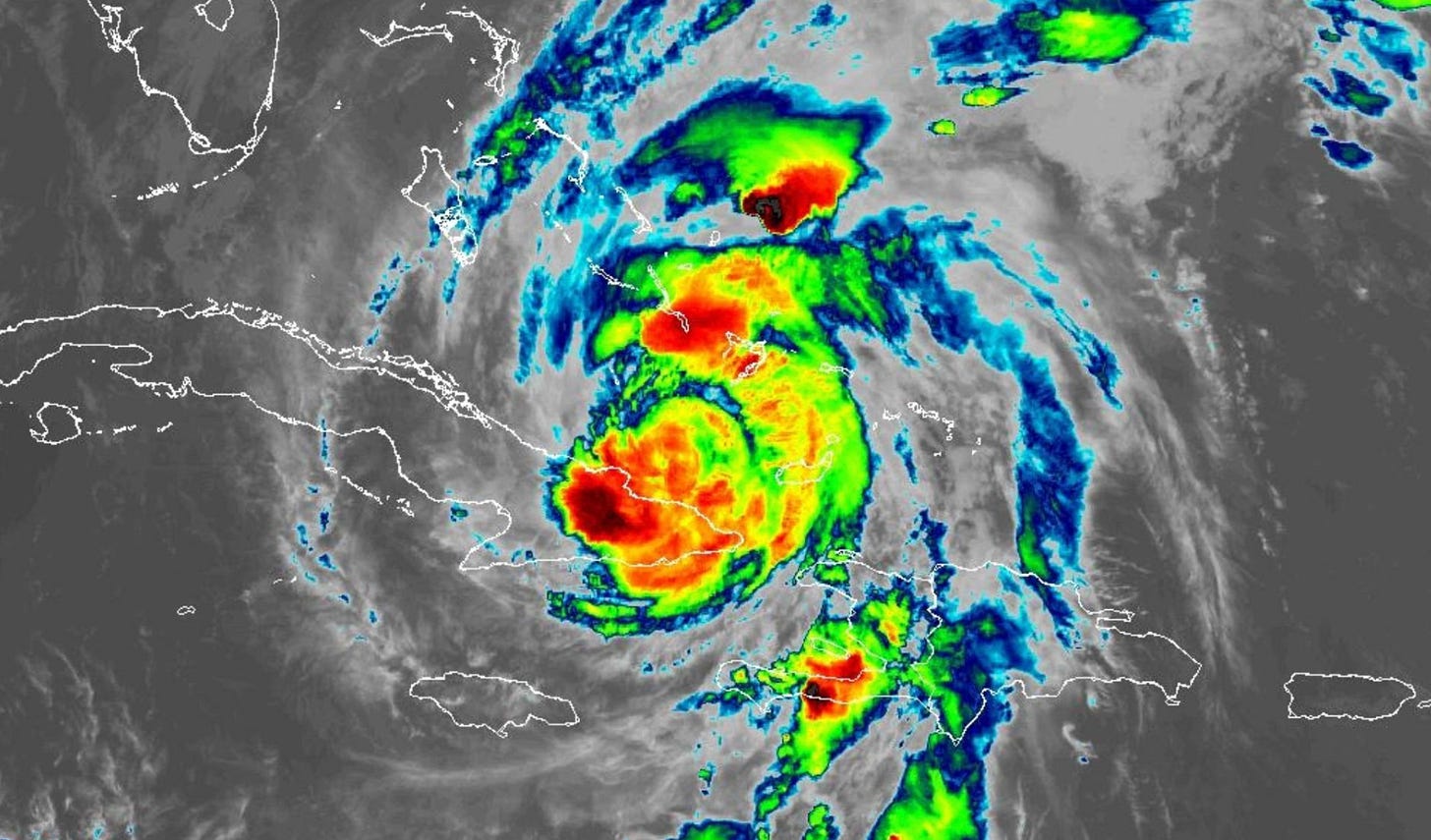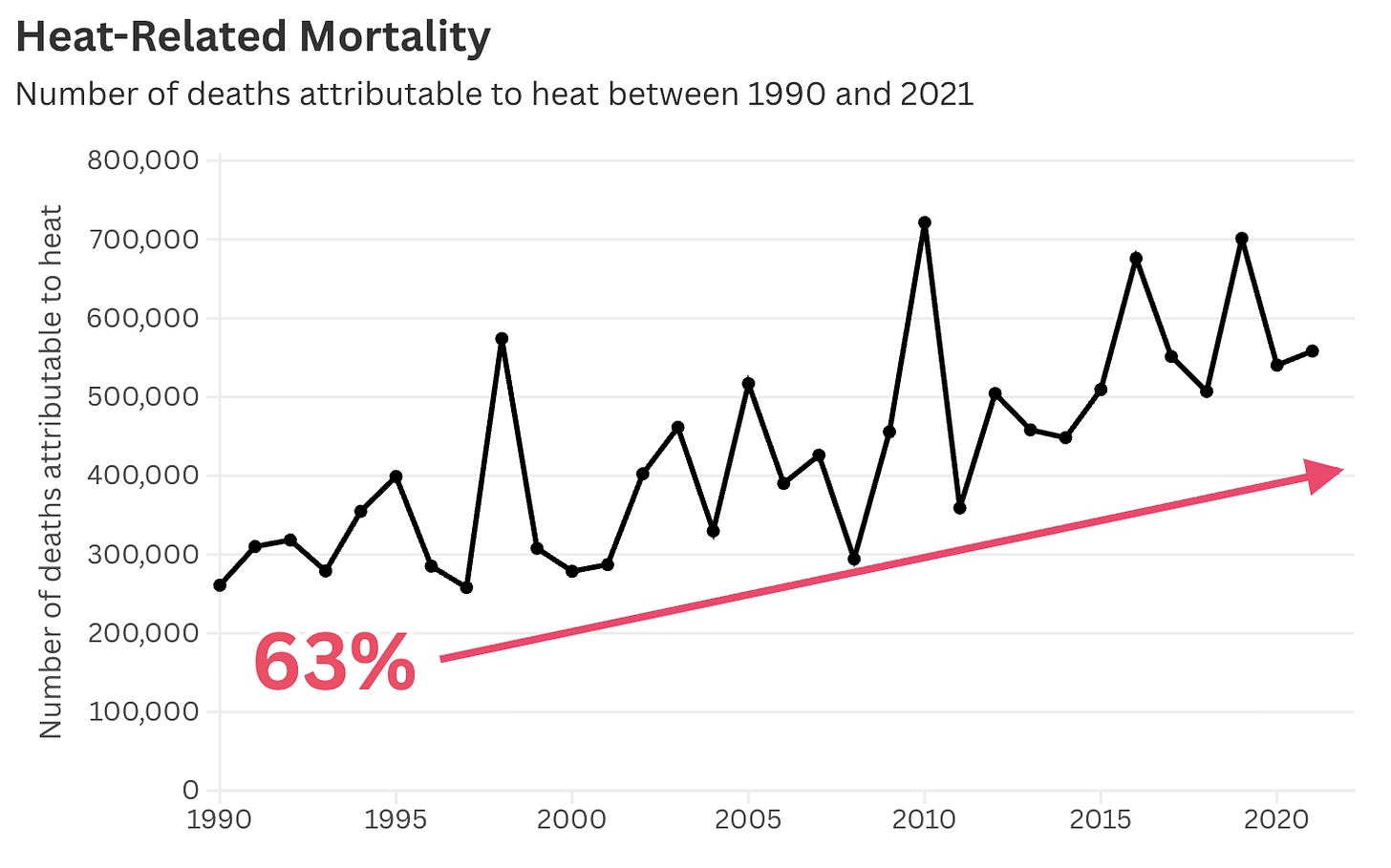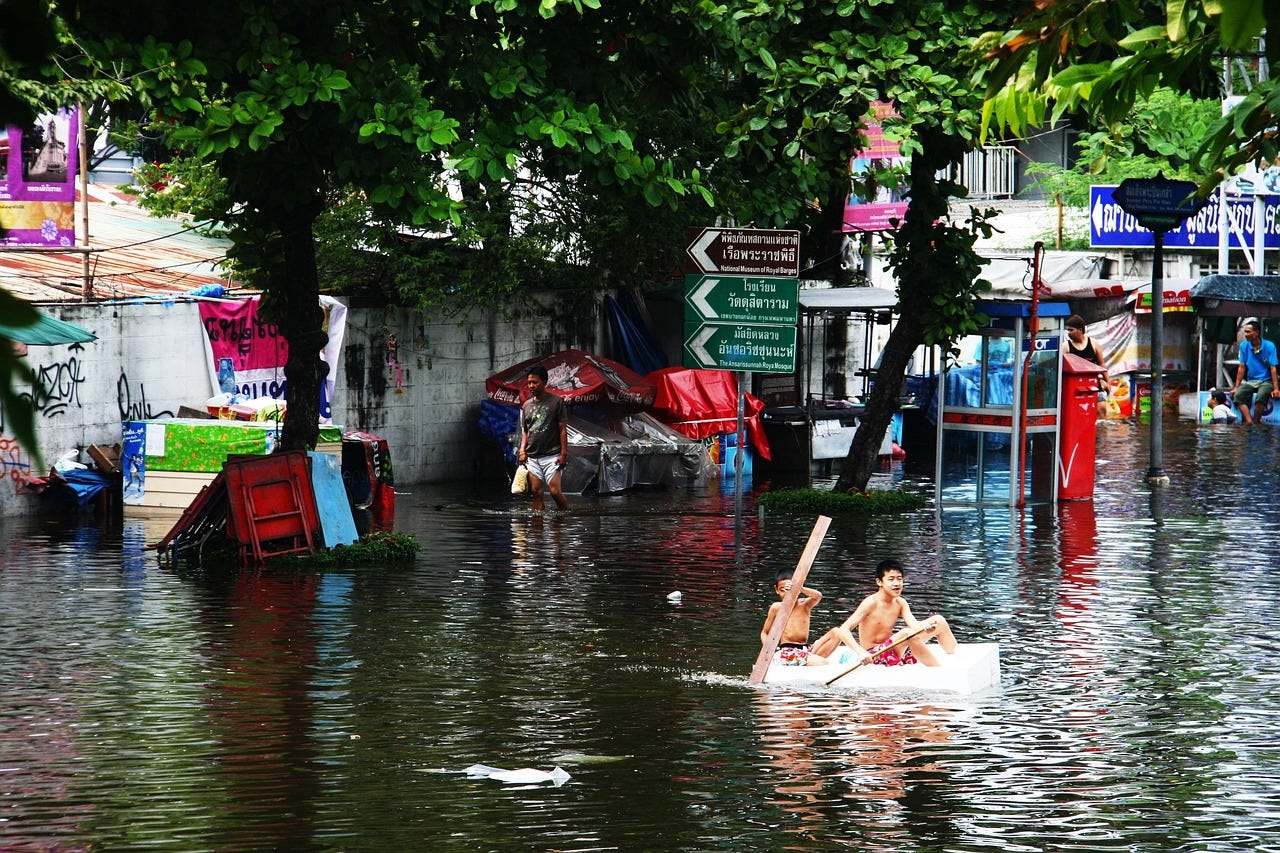Trump's rare earth deal with China is a classic deal with one very important lesson
Welcome to Callaway Climate Insights, your daily guide to global climate finance news and analysis. Please enjoy and send to a friend who would be interested.
Today’s edition of Callaway Climate Insights is free for all our readers. We really want to bring you the best and latest in climate finance from around the world. Please subscribe now.
China’s agreement to pause its export controls on rare earths after Wednesday’s meeting between President Donald Trump and China’s Xi Jinping yields two major takeaways.
The first is that despite his many flaws, the President really does know how to turn the screws on a trading partner on a big deal. China’s decision to enact the controls three weeks ago as relations with the U.S. hit another one of their periodic low points set off a furious scramble in the administration to find ways to offset the potential loss of the valuable minerals so important to many forms of energy production.
Despite Trump’s poor relations with Australia Prime Minister Anthony Albanese, the two quickly secured a deal — announced last week — for the U.S. to get access to more than $8 billion in rare earths in that country. Importantly, the deal also included Australia’s processing technology of the chemical elements.
The deal must have lit a fire under China, which is home to the world’s largest known selection of rare earths, but also dominates the processing business of refining them before export to global markets. While Australia is small in comparison, it’s big enough to show China that potential customers actually do have other choices. Which is likely why Xi backtracked on the export ban.
The other important takeaway, which will probably go largely unheeded by Trump, is that his series of random and unexplainable tariffs on American trading partners will ultimately cause them to do the exact same thing to the U.S. — finding new partners and trade routes that circumvent U.S. markets and hurt our own trade situation.
It’s a classic example of the old poker player’s axiom that if you sit down to play and you can’t spot the sucker at the table, it’s you.
Don’t forget to contact me directly if you have suggestions or ideas at dcallaway@callawayclimateinsights.com.
Follow us . . . .
Twitter | LinkedIn | Facebook | Instagram
Halloween’s horrifying impact on the climate
. . . . Millions of little ghouls and goblins will haunt our neighborhoods tomorrow night for Halloween, but next week will be even scarier for climate advocates. That’s when as many as 35 million polyester and nylon costumes will be tossed out and find their way to local dumps, where it will take decades for them to decompose, writes Mark Hulbert. The fast fashion industry behind Halloween and all of the modern trends in fashion is regarded as the world’s second largest industrial polluter (behind oil and gas), not only for the waste of its ready-to-wear-and-dump outfits but its brutal labor practices in third-world countries. Many of the best-known brands are tied to public companies, and Halloween is their biggest week of the year. Boo!
Thursday’s subscriber insights
Hurricane Melissa shows the risk of popular catastrophe bonds
. . . . A day after Hurricane Melissa slammed into Jamaica as the most powerful Atlantic hurricane ever to make land, rescuers and insurers are beginning to tally the losses, and it’s not looking good for investors in popular catastrophe bonds.
Early estimates, which are certain to rise, are that Melissa will cost between $ 5 billion and $10 billion in damages, and some of that money will come from investors who bought into the World Bank’s Jamaica catastrophe bond. Bloomberg quoted ‘Cat bond’ experts as saying it’s likely the storm will result in a “full trigger” event for investors, meaning all or most of the $150 million invested will be used for damages.
The storm illustrates the downside of catastrophe bonds, which have become a popular way for insurance companies and organizations such as the World Bank to lay off exposure to massive environmental disasters by selling investors the opportunity to bet against them. By buying a piece of the bond, investors are essentially speculating that the impending storm will not be as harmful as predicted by weather specialists and computer models, with the bond paying out if the storm misses its target or is weaker than expected.
Essentially, investors are betting against climate change. Shorting Mother Nature. It’s a risky bet but has paid off in many cases, which has caused the market to balloon to more than $56 billion in just the past few years, according to researcher Artemis. Small by most bond market standards but growing very fast.
So, if you think Wall Street is simply finding new ways to make money on climate disasters, you might be right. But in the case of Melissa, climate change came out on top.
Editor’s picks: More, and more powerful, El Niños; plus, ‘worried about winter’
Watch the video: El Niño events in the Pacific Ocean have affected weather patterns around the world for millennia. But as our oceans rapidly warm, new research shows a potentially devastating trend towards more regular, more powerful El Niño events that are pulling the planet’s other weather systems into synchronization.
No snow’s a growing problem
Bea Kim, a snowboarder working to earn a spot to represent Team USA at the Winter Olympics, says, “I’m worried for the future of winter.” She’s not alone. With less than four months until the start of the Milan-Cortina Winter Olympic Games, many athletes say climate change is shaping their training and perhaps even the future of their sport, the AP reports. Winters have become shorter and milder around the world. There is less snow globally, creating challenges for winter sports. Southern Europe, where athletes, coaches and spectators will gather for the Olympics, is one of the fastest warming regions. The amount the average winter temperature has risen there since 2000 is comparable to the amount of temperature increase in the Arctic, the AP reports.
Latest findings: New research, studies and projects
The Lancet Countdown on health and climate change
Climate change is increasingly destabilizing the planetary systems and environmental conditions on which human life depends. So says the 2025 Lancet Countdown on health and climate change. “The health threats of climate change have reached concerning, unprecedented levels and delays in taking climate change action are resulting in millions of avoidable deaths every year,” researchers for this year’s report say.
Highlights of the report:
On average, 84% of the heatwave days that people faced annually between 2020 and 2024 would not have occurred without climate change.
And heat-related mortality has increased by 63% since the 1990s, to a yearly average of 546,000 deaths from 2012 to 2021
Health impacts of climate change are worsening, with millions dying needlessly each year due to fossil fuel dependence, growing greenhouse gas emissions, and failure to adequately adapt.
As some countries and companies rollback on climate commitments, local and grassroots leadership is building momentum for a healthier future.
The report represents the work of 128 experts from 71 institutions, monitoring progress across 57 indicators — from heat-related deaths to bank lending to fossil fuels — providing the most comprehensive assessment yet of the links between climate change and health. (The 2025 report of the Lancet Countdown on health and climate change. Romanello, Marina et al. The Lancet, Volume 0, Issue 0)
Words to live by . . . .
“This is a chance to refocus on the metric that should count even more than emissions and temperature change: improving lives. Our chief goal should be to prevent suffering, particularly for those in the toughest conditions who live in the world’s poorest countries.” — Bill Gates, on what he wants everyone at COP30 to know.







Whoa! What a great issue! First, is that an actual agreement between China and the US, or just the framework of an agreement? Second, now I know why I always sewed my son's (and sometimes his friends') Halloween costumes. I still sew most of my own clothes (no polyester and nylon, thank you.). Third, catastrophe bonds? Who would have thought they wouldn't have a down side? Fourth, great video!!!